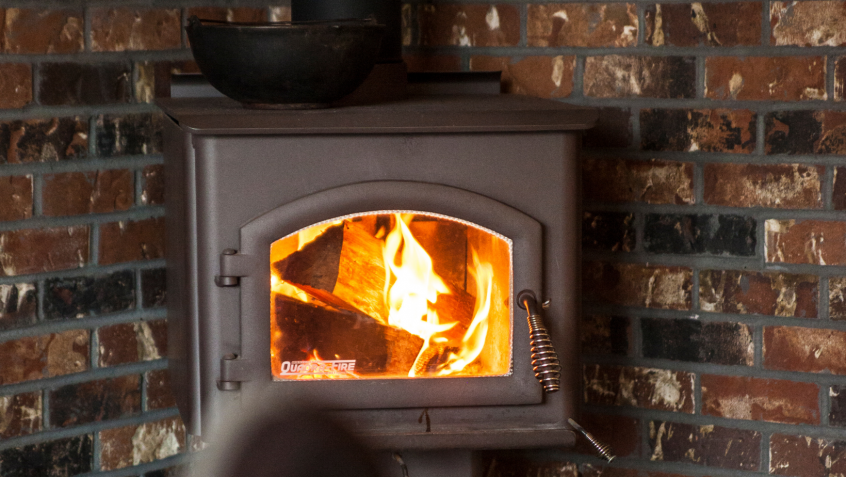How much does your fashionable wood burning stove contribute to air particle pollution? The result of that ‘homely feel’ may surprise you, says Professor Paul Lewis.
Recent government data shows that domestic wood burning has become the single biggest source of small particle air pollution in the UK.
Although trendy wood burning stoves are used by just 8% of the UK population, they produce three times more small particle air pollution than road traffic.
Why is it such a big deal?
Tiny particle pollution is harmful to our health as it can enter the bloodstream and negatively impact everything from our lungs to our eyes.
The government isn’t planning a ban on wood burners just yet, but a ban on the retail sale of wet wood will come into force on 1st May 2021. Bags of house coal will also be banned from 1st May 2021. These changes are the first such restrictions since the clean air acts of the 1950s.
A domestic wood burning stove can triple the level of harmful pollution inside the home. It also accounts for 38% of the pollution particles under 2.5 microns in size (PM2.5). Despite this, a new Government report reveals that the most common reason for using a wood burner is for aesthetic reasons.
“Thanks to illegal levels of nitrogen dioxide stealing the headlines in recent times, most people think of traffic and industry when they think of air pollution,” says says our Head of R&D Paul Lewis.
“But, most will be surprised to hear that wood burners cause more than three times as much PM2.5 than traffic across the UK.
“The new report reveals that people burn wood at home mainly for aesthetic reasons, with little appreciation of how much they contribute to air pollution throughout their neighbourhood and beyond.
“Governments are aware that banning wood burners is controversial so they’re actively looking at how new regulations on the type of wood burnt, such as dryer logs, can reduce PM2.5.”
4 key take-aways:
- The retail sale of wet wood and house coal will be banned from 1st May 2021 in the UK
- Domestic wood burners produce three times more small particle air pollution than road traffic
- Domestic wood burning can triple the level of harmful pollution inside the home
- Wood burning stoves account for 38% of the pollution particles under 2.5 microns in size (PM2.5)
Although we seek that cosy look or hygge feel in the home, it can come at a price. So, if you’re lighting up that fire, make sure you’re thinking of the impact, using dry wood only and being a good neighbour.
You can find out more about Think Air – our clean air initiative – here.




